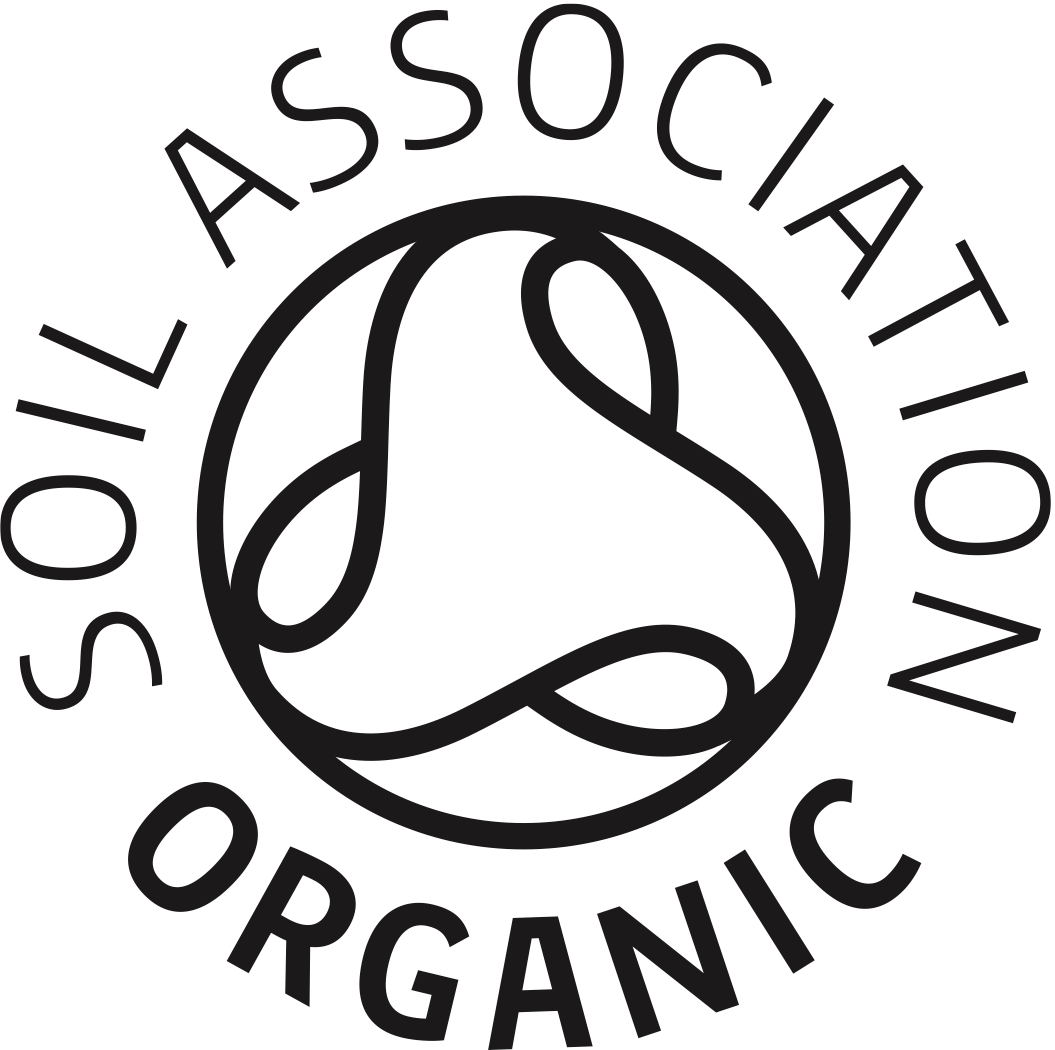Siloxane, which is commonly referred to as silicone, is almost a staple ingredient in so many of our skin and hair care products, but do we know what it’s actually doing to our health and the environment?
What is siloxane?
Siloxane is a synthetic chemical, but can come in many variations. Siloxane is widely used because of its high functionality and diverse properties, so is often added in cosmetics to improve performance
What does siloxane do in cosmetics?
In hair care, siloxane can reduce frizz and add shine, which is why you’ll find it in many conventional shampoos. It also make the hair easier to brush without breaking. This is because it creates a plastic-y layer over the hair shaft, so it’s not really treating the hair – it’s disguising it!
In skincare, siloxane can provide smoothness & lubricity, so you’ll find this in moisturizer and foundation to help it glide on.
Why you should avoid siloxane?
Although siloxane can be useful in cosmetics, it has a lot of risks surrounding it. It has been found to be toxic, persistent, endocrine disrupting and has links to fertility issues. Cyclopentasiloxane (a type of siloxane) can also influence neurotransmitters in the nervous system.
Not to mention this ingredient has an environmental impact and the potential to bioaccumulate in aquatic organisms.
To us, the supposed benefits do not outweigh the risks this ingredient brings.
If it’s so bad, why is it allowed?
Keep in mind, there are many products for sale that are known to have unwanted effects, so this isn’tout of the ordinary.
Less than 20% of cosmetic ingredients are assessed for safety by an industry safety panel. Aside from this, many chemicals are known for their undesirable effects and are still used, mainly because there are no laws in place to stop this.
When it comes to defending a substance, companies will recite the fact that you must be in contact with high concentrations of it for it to have an adverse effect. But when it comes to siloxanes, they are so widely used in so many of our products, that they’re now even prevalent in the environment.
So it’s important for customers to take in interest in what they’re buying, because they’re having very real outcomes on the world around us!
Have a look at the video below to get a better idea of how this works.
Spotting siloxane
If you’re trying to spot siloxane on an ingredient list, there’s a lot to look out for because it doesn’t only appear under the term ‘siloxane’, mainly because there are many different versions of it. It is also known as:
Dimethicone (polydimethylsiloxane)
Decamethylcyclopentasiloxane
Amodimethicone
Cyclotetrasiloxane,
Cylcopentasiloxane,
Cyclohexasiloxane,
Cyclomethicone.
If you really want to avoid siloxane and other synthetic ingredients like it (because it’s certainly not the only one!), look for genuinely natural products instead.
This can be made a lot simpler by looking for an independent certifier’s logo placed on the packaging. Companies like The Soil Association or Ecocert independently verify that a product is indeed organic and mostly prohibit the use of synthetic chemicals. Looking for a logo is a lot easier than reading the ingredients list too!

What should I use instead?
As we mentioned in the point above, using independently certified organic productsis certainly a great way to go if you want to reduce your toxic load.
Organic products can provide all the benefits of their conventional counterparts – without the side effects.
If you want truly shiny, healthy hair, opt for an organic shampoo like our Gentle Herb Shampoo, which will cleanse your hair of chemicals and treat the hair, rather than coat it in plastic (click here for more information)!
You may notice that when you initially make the switch from synthetic to natural products, there is an adjustment period. With shampoos in particular, cleansing an ingredient such as siloxane out of your hair may leave it looking and feeling lessshiny and smooth. This is because the plastic coating will no longer be present and the real texture of your hair is revealed.
But don’t panic!
Give your hair time to be nourished by your new shampoo and for the natural ingredients to get working. After a few weeks the true texture of your hair should be softer, smoother and genuinely healthier.
When you opt for organic products, it’s not only a better choice for your health and the environment but it encourages brands to use healthier ingredients, including conventional cosmetics companies!
If you'd like any more advice on natural cosmetics, don’t hesitate to ask us! Email us at customercare@odylique.co.uk or add your question as a comment below – we're here to help.
